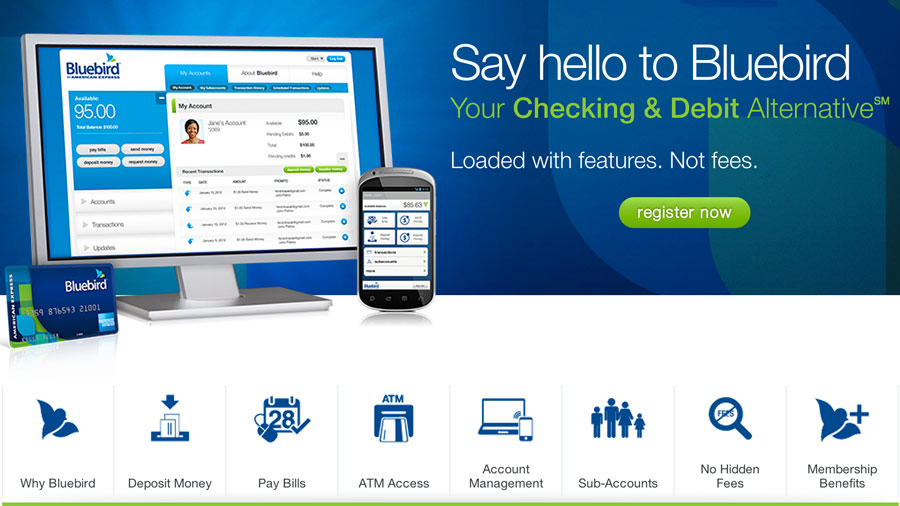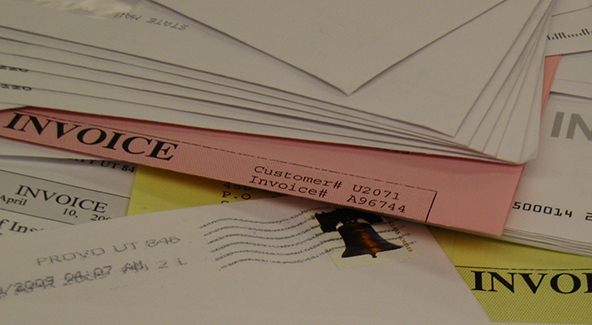On Mortgages and Credit Card Fear

Bloomberg’s Jeanna Smialek reports on a newish trend among young American adults, an increasing number of whom are growing ever more reluctant to own credit cards and those who do have one or more tend to use them more sparingly than their counterparts did a decade ago. As Smialek notes, this shift may have been precipitated by the CARD Act of 2009, which banned issuers from marketing credit cards on college campuses and required lenders to ensure that the youngsters have the means to repay the debt or otherwise get a cosigner, before they could get approved for a credit card.
However, whatever the cause, this decrease of credit card use among younger Americans is resulting into a growing number of consumers with scant credit history. And that is a problem, because without a sufficiently bulky credit file, consumers cannot hope to be approved for a mortgage. And this is where it gets interesting. Having acknowledged this awkward reality, Smialek suggests that relying on alternative, non-credit-related, data (e.g. cell phone bills, rent payments, etc.) to bolster credit files would solve the issue. But would a mortgage lender be willing to loan $300,000 to someone with stellar rent-payment history, but no proven ability to manage credit? I, for one, am skeptical.
Young Adults and Credit History
Smialek goes over some interesting data, some of which we’ve reviewed on this blog. She cites a Sallie Mae and Ipsos Public Affairs survey, which has extensive found that, among undergraduates in the age group 18 – 24, 39 percent had a credit card in 2012, down from 49 percent in 2010. Then Smialek cites Federal Reserve data, which tell us that young adults who do have credit cards are now carrying smaller balances than they used to. According to the Fed data in question, among under-35 U.S. households, the median amount of outstanding card balance was $1,600 in 2010, down from $2,500 in 2001. Then the author zooms further in on the under-35 group:
The decrease [in credit card borrowing] has been marked among consumers younger than 35, a Pew Research analysis released last month found. Credit card use for young people began declining prior to the recession, and between 2007 and 2010 dropped 20 percent, based on the Pew findings. The share of young American households carrying a credit card balance fell to 39 percent in 2010 from 48 percent in 2007.
On the face of it, having less debt to pay off is of course a good thing and it would have been great if it weren’t for the nagging issue of credit history. Smialek explains:
The shift, rooted in stricter lending rules and weaker job outlooks since the 2008-2009 recession, has implications for the economy. As people in Frohne’s [the protagonist of Smialek’s piece] age group eschew plastic, fewer are building the credit histories that would help them to gain financing for purchases of homes and cars that are critical to economic growth.
“You could say that they’re not going to get mortgages, and that could have dire economic consequences,” said Ann Schnare, a mortgage industry consultant who formerly was vice president of housing economics and financial research at Freddie Mac.
To summarize, unless you have a long, steady record of credit card borrowing, you won’t get a mortgage. So what do we do if young Americans just stop using credit cards?
Can Paying Your Phone Bill on Time Get You a Mortgage?
Having defined the issue, Smialek turns her attention to the possible solutions. Here is what she finds:
Credit bureaus and the lending industry are stepping up their search for new ways to bolster credit files, and young people who don’t pay credit card bills often do pay mobile phone bills. As reporting agencies gather data from telephone, rent, and other payments, some scoring models incorporate it to help assess candidates’ creditworthiness.
“If the only way to get credit is to borrow, young people are going to be slower to borrow. It is circular,” said Rachel Schneider, senior vice president at the Center for Financial Services Innovation, which grew out of a research project done on behalf of the Ford Foundation in 2002 and strives to help so-called underbanked consumers access stable financing. Leveraging extra data is a way of “bringing new people in” for banks as the economy rebounds, she said. “It helps them expand the market.”
Well, as it happens, companies have been experimenting with incorporating such “extra data” into their existing models for some time. In fact, about a year ago Fair Isaac, the maker of FICO — the most widely used consumer credit score in the U.S. — told us that it had developed a new credit score model in cooperation with CoreLogic, a provider of financial data and analytics, that was designed specifically to be used by mortgage lenders. The idea behind it was that plugging these extra data into the existing model would enable loan officers to approve some of the applicants whose traditional FICO score would have put them just below the qualifying threshold. And the two companies had calculated how much of a difference that would make:
For a top-20 lender processing 300,000 applications a year, adopting this new score could translate into 3,900 more loans approved every year along with a net financial benefit of $14.5 million.
So the updated algorithm would make it easier for well-qualified applicants whose traditional credit file is not quite lengthy enough to get a new mortgage. That is, it would make it easier if lenders adopted it, but I’ve seen no indication of that just yet.
The Takeaway
Smialek begins her article by introducing us to a 30-year-old Manhattan resident who never wanted a credit card, because he was “afraid of incurring debts he could not repay”. And here is a question for you: if you were a mortgage lender, how comfortable would you feel extending hundreds of thousands of dollars in credit to someone who can’t trust himself with managing debt, or anyway has never tried doing it for some reason or other, however excellent his rent-payment history might be? I don’t know about yours, but I think I know what the lenders’ answer would be.
Image credit: Valcomgroup.com.


